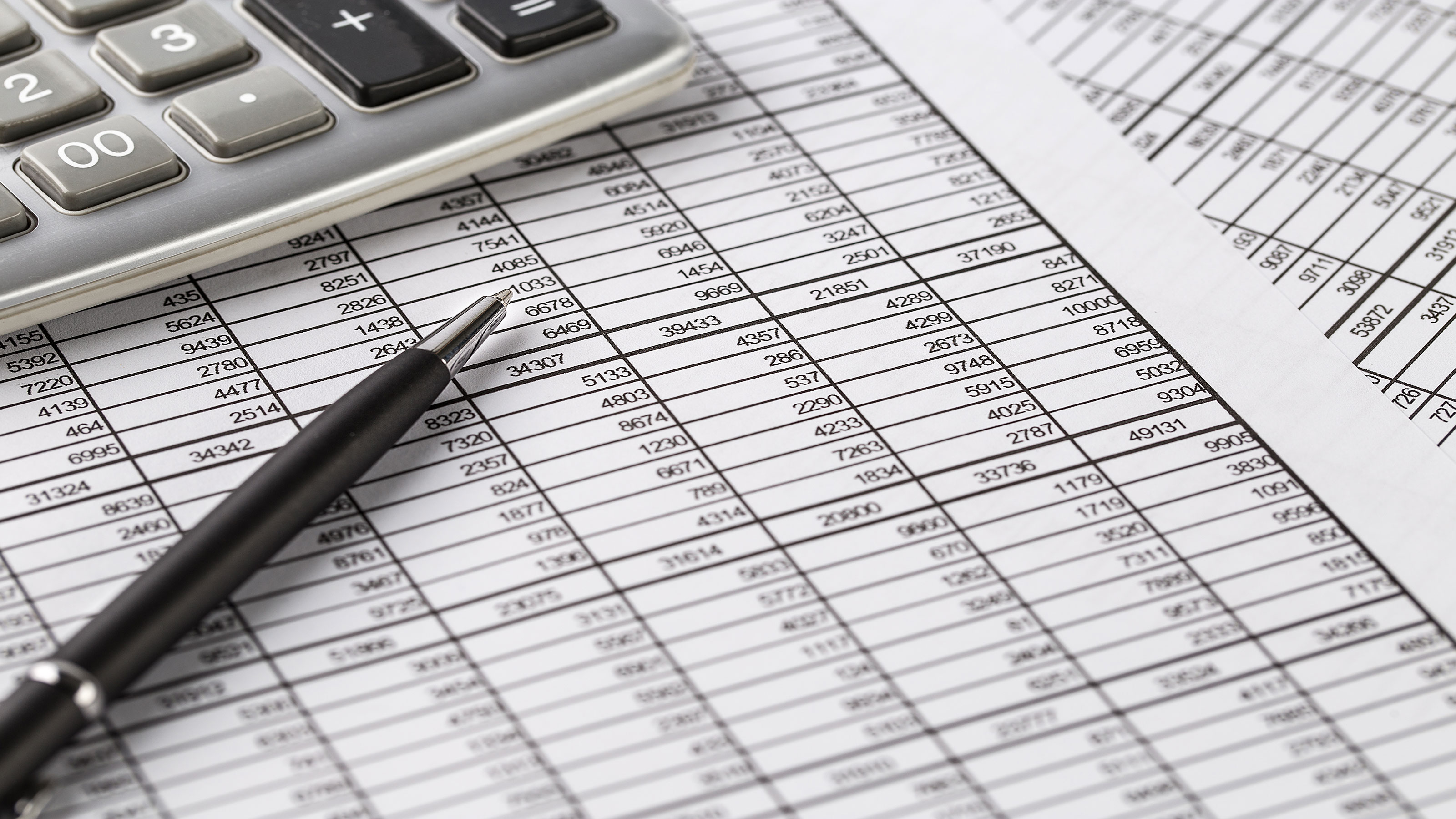The Lure of Little Turnover
Holding down trading keeps a lid on costs and can reduce the tax bite, too.
If you, like many fund investors, are paying closer attention to your costs now than you did before the crushing bear market, there are a couple of numbers to watch out for. One is the annual expense ratio. The figure tells you what you pay to own a fund. Expressed as a percentage of assets, it includes, among other things, management fees and distribution costs.
But the expense ratio doesn't account for trading costs, specifically commissions and spreads -- the difference between the price to buy a security and the price to sell it. To get a more complete handle on fees, you need to watch the turnover rate, a gauge of how quickly the holdings in a fund are traded. (You can find the turnover rate in a fund's prospectus and shareholder reports.) "Turnover is one of the most important elements," says Standard & Poor's analyst Todd Rosenbluth. That's because a high turnover rate leads to higher trading costs -- and potential capital-gains distributions, on which you may have to pay income taxes.
A 1% ding. How big a bite does turnover take? The typical stock mutual fund has a turnover rate of 100%. This means that, on average, it holds stocks for about a year. Vanguard Group founder John Bogle figures that investors in such funds lose roughly 1% of their assets each year to turnover costs. And that is on top of the 1.4% a year in expenses that investors already pay for the average stock fund.
From just $107.88 $24.99 for Kiplinger Personal Finance
Become a smarter, better informed investor. Subscribe from just $107.88 $24.99, plus get up to 4 Special Issues

Sign up for Kiplinger’s Free Newsletters
Profit and prosper with the best of expert advice on investing, taxes, retirement, personal finance and more - straight to your e-mail.
Profit and prosper with the best of expert advice - straight to your e-mail.
Index funds, which simply track a specific benchmark, are almost always low-turnover by their very nature. Among actively managed stock funds worth considering is Dreyfus Appreciation (symbol DGAGX), which has an uber-low turnover of 7%. That means the fund holds stocks for an average of 14 years. Led by veteran money manager Fayez Sarofim, the fund's team focuses on large multinationals, such as ExxonMobil and Coca-Cola. Over the past ten years, Dreyfus has returned 0.4% annualized, slightly outpacing Standard & Poor's 500-stock index, which was flat. Over the past year, the fund gained 38.3% (all returns are through April 9).
Another team-managed fund that owns big, well-known companies is Jensen (symbol JENSX). From 2001 through 2008, its annual turnover rate never exceeded 14% (the rate rose to 24% in 2009). The fund gained 41.5% over the past year and returned an annualized 2.9% over the past ten. Jensen's biggest holdings include Microsoft, 3M and Medtronic.
If you want low turnover in a small-company fund, take a look at Third Avenue Small Cap Value (symbol TASCX). The fund, run by Curtis Jensen, has a turnover rate of just 15%. During horrible 2008, it sank 35%, just one percentage point more than the drop in the Russell 2000 index of small-company stocks. But over the past ten years, it returned an annualized 7.9%. At last report, Third Avenue had 30% of its assets in foreign stocks. Another smart pick that focuses on small-company stocks is Royce Special Equity (RYSEX). The fund, which has a turnover rate of 10%, lost 20% in 2008, an unusually good showing for that year. Over the past ten years, manager Charles Dreifus has steered the fund to a rousing annualized return of 12.5%. Dreifus recently had 31% of the fund's assets in tiny companies known as micro caps.
For a low-turnover fund with a foreign slant, try Tweedy, Browne Global Value (TBGVX). It sports a turnover rate of 16% and holds strong cash generators, such as Swiss food giant Nestle and British spirits maker Diageo. Over the past year, the team-run fund jumped 52.1%, and it gained 6.0% annually over the past decade, topping the MSCI EAFE index of developed-market foreign stocks by an average of 4.1 points per year.
Profit and prosper with the best of Kiplinger's advice on investing, taxes, retirement, personal finance and much more. Delivered daily. Enter your email in the box and click Sign Me Up.
-
 The Stoic Retirement: Ancient Wisdom for Today's Reality
The Stoic Retirement: Ancient Wisdom for Today's RealityA "Stoic retirement" doesn't mean depriving yourself. It's a character-based approach to life and aging that can bring calm and clarity.
-
 My Teen Crashed His Car and Now Our Insurance Has Tripled. What Now?
My Teen Crashed His Car and Now Our Insurance Has Tripled. What Now?Dealing with the costly aftermath of a teen car accident is stressful. Here are your options for navigating it.
-
 11 Outrageous Ways To Spend Money in Retirement
11 Outrageous Ways To Spend Money in RetirementWhether you have excess cash to spend or want to pretend, here’s a look at 11 ridiculous ways retirees can splurge.
-
 Best Banks for High-Net-Worth Clients
Best Banks for High-Net-Worth Clientswealth management These banks welcome customers who keep high balances in deposit and investment accounts, showering them with fee breaks and access to financial-planning services.
-
 Stock Market Holidays in 2025: NYSE, NASDAQ and Wall Street Holidays
Stock Market Holidays in 2025: NYSE, NASDAQ and Wall Street HolidaysMarkets When are the stock market holidays? Here, we look at which days the NYSE, Nasdaq and bond markets are off in 2025.
-
 Stock Market Trading Hours: What Time Is the Stock Market Open Today?
Stock Market Trading Hours: What Time Is the Stock Market Open Today?Markets When does the market open? While the stock market has regular hours, trading doesn't necessarily stop when the major exchanges close.
-
 Bogleheads Stay the Course
Bogleheads Stay the CourseBears and market volatility don’t scare these die-hard Vanguard investors.
-
 Kiplinger's Tax Map for Middle-Class Families: About Our Methodology
Kiplinger's Tax Map for Middle-Class Families: About Our Methodologystate tax The research behind our judgments.
-
 The Current I-Bond Rate Is Mildly Attractive. Here's Why.
The Current I-Bond Rate Is Mildly Attractive. Here's Why.Investing for Income The current I-bond rate is active until April 2026 and presents an attractive value, if not as attractive as in the recent past.
-
 What Are I-Bonds? Inflation Made Them Popular. What Now?
What Are I-Bonds? Inflation Made Them Popular. What Now?savings bonds Inflation has made Series I savings bonds, known as I-bonds, enormously popular with risk-averse investors. How do they work?
-
 This New Sustainable ETF’s Pitch? Give Back Profits.
This New Sustainable ETF’s Pitch? Give Back Profits.investing Newday’s ETF partners with UNICEF and other groups.